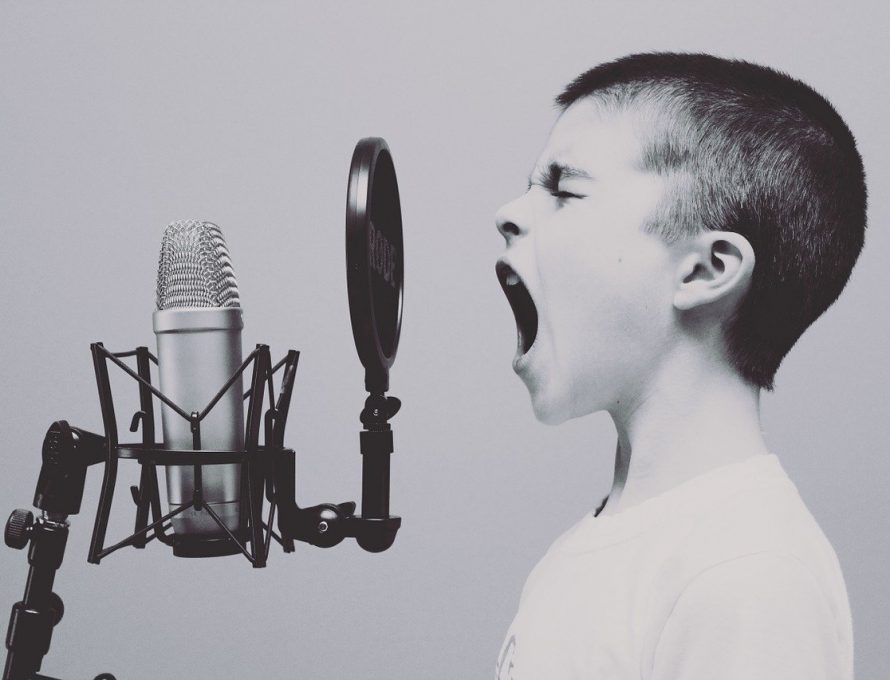It’s tough when a child or teen acts out behaviorally, isn’t it? Whether it is your own child at home or a child you are responsible for at church or school, it can be frustrating and sometimes even frightening – especially if the child seems intent on hurting him/herself or someone else. We may often wonder, “What has gotten into that child?”
But have you ever considered that when a child acts out it may be a signal from the child asking the parent, the school teacher, the Sunday school teacher, the youth pastor, etc., to do something? Have you considered that it may be the child’s way of saying he/she feels out of control?
The trauma-informed model we use at Missouri Baptist Children’s Home (MBCH) is “Trust-Based Relational Intervention” (TBRI). This model was developed by Dr. Karyn Purvis and Dr. David Cross at the Dr. Karyn Purvis Institute of Child Development at Texas Christian University. They modeled TBRI after Scripture focusing on the grace and mercy God extends to all of us through Christ. Dr. Purvis says: “After years of seeking to understand and apply God’s practical mercies, I believe that this parenting style reflects God’s love for us as His children.”
This model asks the question when a child is acting out, “Is the child giving you a hard time or having a hard time?” Considering that question can totally change how we respond to the acting out behavior. Our response can make a huge difference. It can draw the child to us or it can push him/her further away.
MBCH cares for clients who have experienced trauma in their lives – sometimes unspeakable trauma like physical abuse, sexual abuse or severe neglect. What we have learned over the past three years since we began the trek to become a trauma-informed agency is that trauma actually damages the brain! But the good news is that damage to the brain can be reversed!
Dr. Dana Ross from the University of Toronto describes the areas of the brain that are affected when someone is experiencing or reliving a traumatic event. Here is an example of three of those areas:
• The prefrontal cortex: This is located in the very front of the brain and, when it is functioning normally, it helps us think, plan and solve problems. Brain scan images show that when trauma is present, this part of the brain has far less activity – it sort of goes into hiding.
• The amygdala: This part of our brain is responsible for regulating emotions. During a traumatic event or reliving a traumatic event, it charges up the fear center like crazy! Keep in mind, you do not have that thinking and planning part of your brain because the prefrontal cortex has gone incognito due to the trauma.
• Brain stem: During a traumatic event or reliving of an event, this part of the brain reacts automatically by activating the fight, flight, or freeze response.
It’s amazing to think all of this is going on in the brain of someone experiencing trauma, isn’t it? It helps explain why a child or teen may become angry and want to fight, feeling the need to defend him/herself. It explains why a child may start screaming or crying and seem extremely fearful. It explains why a child may all of a sudden run away.
I wrote earlier that we sometimes wonder, “What has gotten into that child?” Now we know that trauma may be the cause of the behavioral responses. It does not mean that every child that acts out has experienced trauma, but it is good to know that we do not have to figure that out. Trauma-informed techniques will work no matter what the reason for the behavior exhibited by the child or teen.
If you would like to learn more about TBRI and how you can apply it as a parent or in your work with children, I suggest that you go to YouTube and search for “Children from Hard Places and the Brain.” There is also a great series of videos about how you can apply the principles of TBRI by searching YouTube for “Empowered to Connect.”

